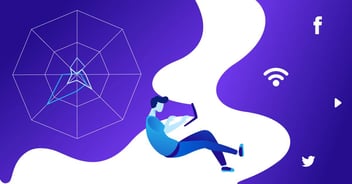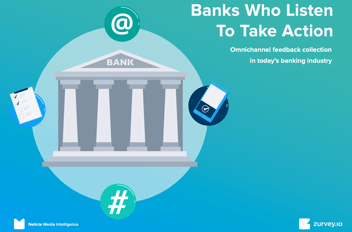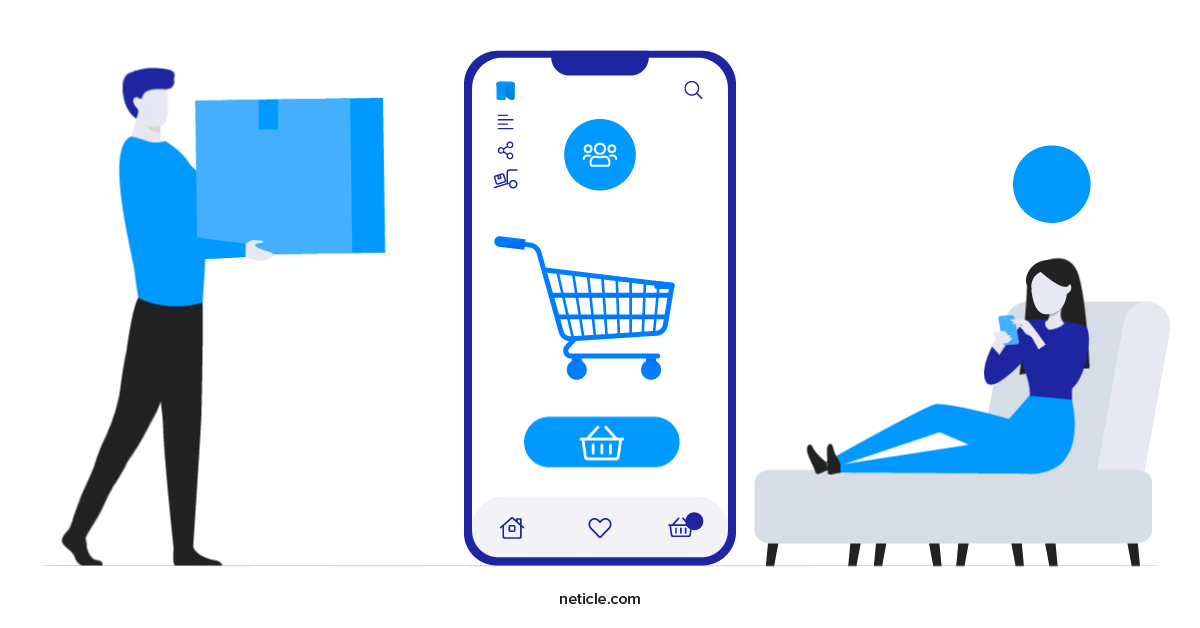How to truly support your marketing needs with AI
AI is one of the biggest buzzwords of our time and it seems like everybody wants to apply it. But how can you decide if a piece of software with AI has any added value? We’ve collected a few inspirational examples and our advice on how to choose.
Artificial intelligence tools have been developed to automate processes that would take humans much longer, so that their time and resources can be used more productively. AI is indeed immensely helpful in a myriad ways, and it’s worth knowing your way around these solutions so that you don’t waste working hours on something that could have been solved in a matter of seconds.
Even if you only look at the realm of marketing, you can find so many wonderful tools for different tasks, and if you have the budget and the real need, they can deliver far-reaching results. Besides the well-known ChatGPT, a few great examples are:
- Surfer, Growthbar, Jasper – content writing & SEO
- Maileon, Seventh Sense – email marketing
- Skai – omnichannel advertising
- Tidio – customer service
- Optimove – multichannel marketing management
- Canva, Dall-E, Synthesia – image and video creation
- Writer – building your own AI stack
So, should you go out and apply these tools to each area of marketing in your company? While that’s most certainly overkill, you should ask a simple question before opting to use even just one of them: does it create any added value for me?
A new AI tool is not going to magically solve all your marketing problems in a day. If you think working with AI might be beneficial for you, you need to do your homework first. A good indicator for the potential benefit of involving an AI tool is working with large amounts of data, but there could be other clues as well.
Review processes, talk to your team, and discover the gaps the tool could fill, or the repetitive tasks that it could take over and speed up. Once you pinpoint these areas, choosing the right software will be much more straightforward. Just keep in mind that an AI tool is not meant to replace your team: their creativity and empathy are more than necessary, and AI should be there only to make more room for these values to blossom.
Make it part of a long-term vision
Bringing an AI software on board should not be a spur of the moment decision. Think about the projects and visions that you intend to bring to life with their help. Being very strategic and intentional is the way to go, even if AI is very popular at the moment. To inspire you, we have collected a few smart examples from various companies.
- Spotify + OpenAI: As a result of this partnership, English-language podcasts are being made available in Spanish by replicating podcasters’ voices. They’re planning to add French and German versions as well. The backbone of the translation feature is OpenAI’s voice transcription tool Whisper.
- Sephora: The beauty retail store’s customers can book appointments via an online Reservation Assistant, but a more exciting AI feature is their Virtual Artist app’s color matching service. Taking a huge load off Sephora’s customer service, the app helps customers choose the right products if they’re looking for a specific color. All customers need to do is send an image that contains the desired color. After analyzing the image, the app will link users to a lip, cheek or eye product that they can even try on virtually and then purchase.
- Heinz + Dall-E 2: As a genius move, Heinz’s creative team asked Dall-E 2 to generate various images of ketchup. Turns out, the AI image generator always featured some element of the Heinz design. “Even to Al, ketchup looks like Heinz” – they concluded, and even organized a virtual exhibition of the images that it created.
- Nike + AKQA Studios: The ‘Never Done Evolving’ campaign was launched for Nike’s 50th anniversary. They created a match-up between Serena Williams from her first Grand Slam at the 1999 US Open versus her at the 2017 Australian Open. Machine learning was able to model each era’s playing style: decision making, shot selection, reactivity, recovery and agility based on archival footage. They re-rendered the two Serenas and had them play each other, streaming the match live on YouTube.
- Coca-Cola + OpenAI: A contest open to digital creatives across the world, Create Real Magic was also a cutting-edge marketing campaign. Participants were asked to generate original artwork with iconic creative assets from the Coca-Cola archives. The winners were featured on Coke’s digital billboards in New York’s Time Square and London’s Piccadilly Circus.
- Netflix’s Machine Learning Research Hub: Responsible for the user experience of over 260 million people, machine learning is a crucial element of Netflix’s operation. Not only do they use it to give customers more relevant recommendations, but also to enhance shows/movies in the making. Optimizing users’ joy is always their goal.
Amazing, right? However, using AI can also backfire if you’re not careful, whether or not you have the right intentions. Some examples include a scam where an AI-generated Tom Hanks was promoting dental products, or Amazon’s now discarded hiring tool that had a bias against women. Even if AI is the one that made the mistake, you will have to take responsibility for the outcome of a campaign or project.
Human creativity pairs well with AI
AI tools are here to stay and they’re going to evolve even beyond their current state, providing us with endless opportunities to enhance our productivity and let our creativity shine. And that’s exactly what we should use them for. As the brilliant examples of the various successful campaigns we have seen demonstrate, the key to success is almost always a good idea that is then brought to life by incorporating artificial intelligence.
But you cannot expect AI all by itself to be creative and entirely original: by definition, it pulls from human creations to come up with something new. The result can be extremely valuable, but you must sit in the driver’s seat.
Share:




